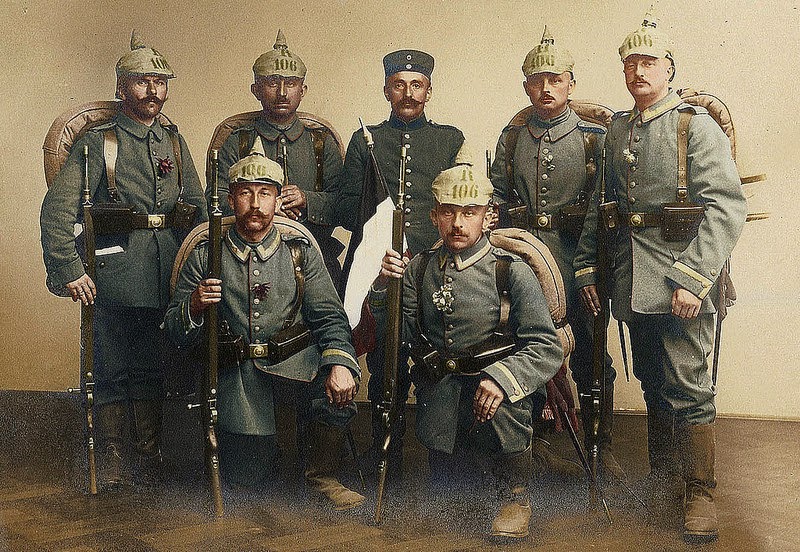Field Marshal Rehnskiöld personally lead
decisive cavalry charges in many of Charles XII's battles.
Our local wargaming club, Little Wars Stockholm, is participating in this year’s Lincon gaming convention in Linköping. We’re hosting a participation table with scenarios from the Battle of Holowczyn 1708 – one of the Swedish army’s finest victories, and one of the more interesting battles from The Great Northern War.
Carl Gustaf Rehnskiöld.
1651 - 1722.
Holowczyn was fought between the Royal Swedish Army and the Tsar’s Russian Army under leadership of Prince Repnin, and was part of the Swedish ”march on Moscow”, that ended with a detour into Ukraine and the fateful defeat of the Swedish army at Poltava about a year after Holowczyn.
But in 1708, things were still looking bright, and the young Charles XII was the dashing warrior king, admired by the courts of Europe and who’s courage was praised by Voltaire in his great work on the Swedish king. But, to become a successful warrior king, you need some good generals.
The Swedish victory at Narva 1700.
One of Sweden’s finest cavalry officers was Carl Gustaf Rehnskiöld, who started his career under Charles XII’s father back in the 1670ies, during the Scanian War. Rehnskiöld was born into a noble family coming from Swedish Pomerania, and by the time of the Scanian War and the Battle of Lund in 1676, he held an officer’s rank with the Dowager Queen’s Cavalry Regiment.
I've used a cavalry officer from
Warfare Miniatures range to depict the gallant Rehnskiöld.
The young Rehnskiöld showed great promise, leading several cavalry charges that broke the Danish formations. After Lund Rehnskiöld was endorsed for further promotion by Charles XI. In 1697 Charles XI died. Three years later in 1700, the Swedish Empire, now ruled by his son the only 18 years old King Charles XII, would find itself encircled by an alliance of Denmark, Russia and Poland-Saxony, bent on attacking and dividing the Swedish territories, now that the country was run by a young and weak king – or so they thought.
Swedish cavalry and infantry resting while on their
non-stop campaigns from 1700 - 1721.
Painting by Cederström.
War was declared and time had come for the great struggle for power in the North. The Swedish army, arguably one of Europe’s finest at that time, faced the united forces of Russia, Denmark and Poland-Saxony. At his side Charles XII had the now experienced Rehnskiöld, who would become the king’s favored general, and in many ways his teacher in the art of war.
With Rehnskiöld often leading charges in person,
this miniature had the look and animation I was searching for.
Rehnskiöld would prove a rock of determination and experience in battles such as, Narva, Fraustadt and Holowczyn. In the latter battle, Rehnskiöld –now almost 60 years old, would personally lead the Swedish cavalry in a dashing charge through the Russian camp, to fight off arriving Russian reinforcements. This timely action by Rehnskiöld and the valiant King’s cavalry guard – Drabanterna – could be credited for the happy outcome at Holowczyn.
Tracing the long campaign of Charles XII
from Narva to his ominous defeat at Poltava.
However, the old and experienced Rehnskiöld would finally succumb to pressure during the battle of Poltava, where he –with the King wounded – had effective overall command. In the pre-battle march-up things got tangled. Confusion and unclear orders resulted in losing the advantage of surprise, which would prove too costly during the ensuing battle.
Charles XII fought in the front line, and was wounded on more than one occasion.
At Poltava he would be carried around the battlefield on a stretcher by guardsmen.
With the historically almost invincible Swedish army beaten at Poltava, and the dark blue “karoliners” broken and in full retreat, Rehnskiöld turned his horse around and rode back into the thick of the fight. Perhaps the old warrior was seeking a honorable death in this time of epic defeat. The result was captivity in Russia, where he was held from 1709 until 1718.
Example of a Swedish cavalryman of the Karoliner period.
The breast plate was unusual and only found in a few elite units.
Returning to Sweden in 1718, he loyally followed Charles XII on his last and fateful campaign against Danish ruled Norway. Rehnskiöld eventually died in 1722, 70 years old.
Thank you very much for reading!
































